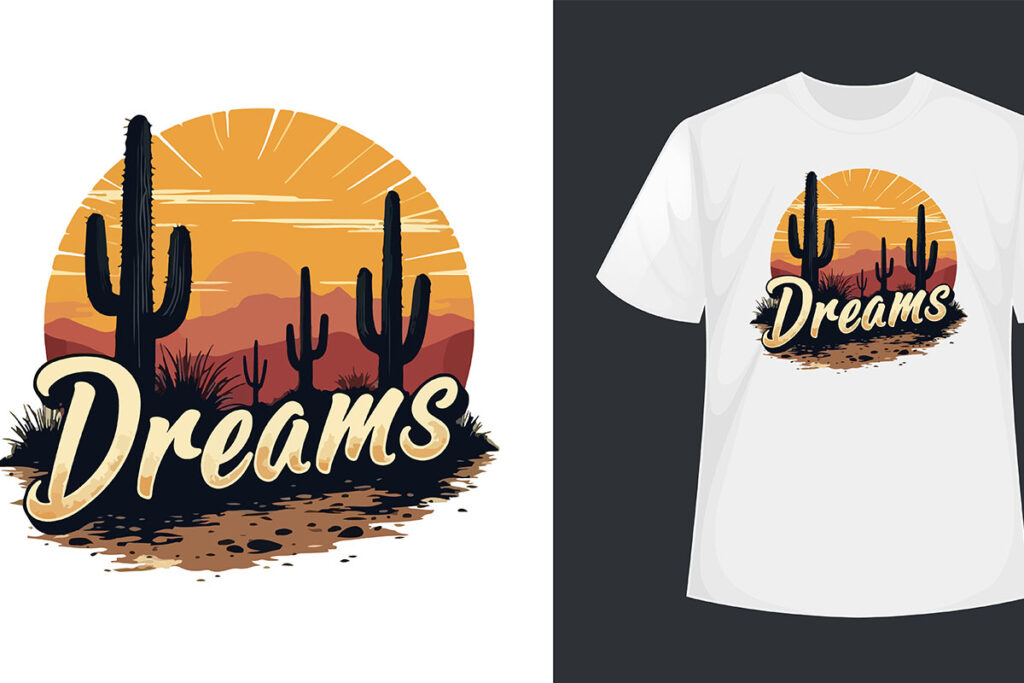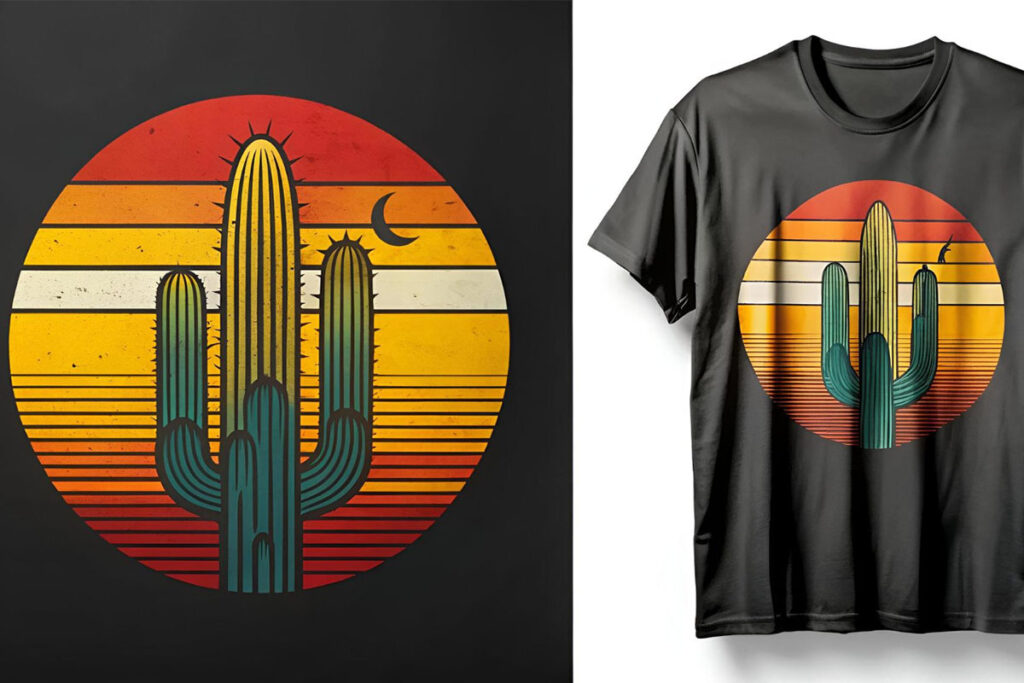DIY UV DTF printing setup unlocks a world of custom apparel and hard-wearing designs you can create from home. This guide explains how to establish a practical, step-by-step home workflow for UV-curable transfers and optimize your results, following a UV DTF printer guide. By understanding DTF film and ink compatibility and choosing the right gear, you can achieve crisp images on a range of fabrics for DTF printing at home and DIY garment printing projects. With a focus on a reliable heat press for DTF and safe work practices, you will translate designs from film to fabric with confidence. Whether you are printing for personal use or small at-home runs, this overview helps you start strong and avoid common pitfalls.
Think of this project as at-home UV transfer printing, a home-based approach to garment decoration that relies on UV-curable inks, a sensitive transfer film, and a reliable heat press for DTF-like results. In practical terms, it’s a DIY garment printing workflow you can run from a small studio, with attention to substrate compatibility, ink behavior, and quick-curing processes. The language shifts from ‘DTF’ to broader terms such as UV transfer technology, UV-print-to-fabric transfers, and compact production setups that suit hobbyists and small shops alike. Emphasizing consistency, you will calibrate color with profiles and test on different fabrics to ensure durability across washes. By framing the setup as a modular system—printer, ink, film, cure unit, press, and workspace—readers can imagine an expandable, low-cost path to personalized items. This reframing also touches practical concerns such as ink curing rates, safety, and scalability for future projects. Ultimately, the aim is to help readers picture a flexible, budget-friendly setup that grows with demand.
1) DIY UV DTF printing setup: planning, gear, and workflow
The dream of creating personalized apparel and goods at home becomes tangible with a solid DIY UV DTF printing setup. This approach aligns with a growing interest in DIY garment printing and makes it feasible to run small projects or test new designs from a home studio. By understanding the fundamentals of UV DTF printing and the specific needs of DTF film and ink compatibility, you can plan a workflow that delivers reliable results for T-shirts, totes, mugs, and more.
Start by outlining your goals and space: what volumes you expect, which substrates you’ll target, and how you’ll manage curing and finishing. A well-ventilated workspace, proper storage for films and inks, and clear safety protocols are essential. The gear you select—whether a dedicated UV DTF printer or a standard printer converted for UV inks—will shape your throughput, maintenance, and budget, so plan accordingly.
2) Choosing the right UV DTF printer and film: printer guide and compatibility
Choosing the right UV DTF printer and the corresponding film is foundational. The decision between a purpose-built UV DTF printer and a conventional printer converted to UV inks affects cost, maintenance, and print quality. This is where the UV DTF printer guide comes into play—evaluating coverage, curing options, and reliability helps you avoid bottlenecks in your workflow.
Equally important is selecting DTF film that is compatible with your ink set and the intended transfer path. DTF film acts as the carrier for your image, and its compatibility with UV inks determines color fidelity, adhesion, and post-transfer durability. Test different film types with sample designs to confirm adhesion across your typical substrates and to verify that the transfer yields consistent results.
3) DTF film and ink compatibility: testing for color, adhesion, and durability
A core step in achieving consistent results is validating DTF film and ink compatibility. The interaction between film substrate, ink chemistry, and curing energy governs color accuracy, edge sharpness, and potential bleed. Conduct small, controlled tests to compare color rendering and adhesion on your most common fabrics, noting any differences between cotton, polyester blends, and non-traditional substrates.
Document your test results and adjust ink density, curing time, and press settings accordingly. By maintaining a record of which film-ink combinations perform best on specific substrates, you’ll reduce guesswork on future projects and increase predictability in your DIY garment printing workflow.
4) Color calibration and color management for accurate designs
Accurate color is essential for professional-looking results in DIY garment printing. Start with color profiles and calibration patterns to map output to your design intent. This aligns with best practices for the UV DTF workflow, ensuring that reds stay vibrant, blues stay true, and skin tones read correctly on transfer.
Use test prints and neutral lighting to evaluate color fidelity. Adjust gamma, color balance, and brightness to minimize perceived shifts after transfer. Regularly re-profile whenever you change film, ink, or substrate, since small changes can ripple into noticeable color differences on finished items.
5) Heat press for DTF and curing: transfer settings and durability
The heat press is a critical step in sealing the transfer and ensuring wash-fast durability. Understanding the role of a heat press for DTF—temperature, pressure, and dwell time—helps you achieve consistent results across batches. Ensure your press is well-calibrated and capable of delivering even heat and pressure on a variety of substrates.
Proper curing of the printed film before pressing is essential to prevent smudging and improve adhesion. If you use a separate curing station or a UV lamp, verify energy consistency across the bed and maintain adequate ventilation during curing. Post-transfer, allow cooling before washing, and perform a wash test to verify color fastness and edge integrity.
6) DIY garment printing workflows for home studios: from concept to product
A streamlined workflow supports faster turnarounds and higher confidence in DIY garment printing. Begin with digital design and use clear file preparation steps to optimize color, margins, and substrate compatibility. This end-to-end approach mirrors a small home studio operation, enabling you to scale from single-item prototypes to small batches.
From concept to product, maintain rigorous quality checks at each stage: design, print, cure, transfer, and finish. Track each project’s materials, test results, and process parameters so you can reproduce successful outcomes. With a consistent workflow, you can expand into new products and substrates while maintaining safety, quality, and performance.
Frequently Asked Questions
How do I start a DIY UV DTF printing setup for at-home projects?
A DIY UV DTF printing setup for at-home projects is a workflow to print UV-curable designs on transfer film and apply them to textiles and goods. Start by deciding whether to use a dedicated UV DTF printer or convert a standard inkjet, then gather a heat press, UV-curable inks, DTF film, a curing lamp, and a clean workspace. Plan for ventilation and safety, run small test prints, and calibrate color before larger runs.
What are the essential components of a DIY UV DTF printing setup and how should I choose a heat press for DTF?
Essential components include a UV DTF printer or a conversion of an existing printer, UV curing lamp, DTF film compatible with your ink set, UV-curable inks, a reliable heat press with even temperature, a clean workspace, and safety gear. When choosing a heat press for DTF, prioritize even heat distribution, accurate temperature control, adjustable dwell time, a suitable platen size, and durable construction.
How can I verify DTF film and ink compatibility in a DIY UV DTF printing setup?
Test compatibility with small design samples on your chosen DTF film using the UV inks. Cure and press the transfers and evaluate adhesion on your target fabrics, then compare color accuracy against your intended design using a color profile. If possible, request supplier samples and document results to guide larger runs.
What are best practices for DIY garment printing with a UV DTF printing setup and color calibration?
Establish a repeatable color workflow by calibrating color with test patterns and color profiles, and evaluate prints in a neutral light. Print high-contrast test designs on transfer film, cure, and press onto garments using the recommended temperature, pressure, and time. Finish with wash testing to confirm color fastness and adhesion for DIY garment printing.
What common issues should I expect with a DIY UV DTF printing setup and how can I troubleshoot color, adhesion, and curing?
Common issues include color mismatch, ghosting or smearing, and inconsistent adhesion. Troubleshooting steps: verify color profiles and test prints, ensure neutral evaluation lighting, adjust ink density or curing energy, check film compatibility and substrate prep, and confirm press parameters and film handling.
How should I test and maintain a DIY UV DTF printing setup to ensure durability and safety?
Regular testing includes wash testing on sample garments to gauge durability. For maintenance, clean print heads and feed paths, replace UV lamps or LEDs as they age, and keep the workspace ventilated and safe. Document results, monitor safety gear, and schedule routine checks to keep your DIY garment printing setup reliable.
| Section | Key Point | Why It Matters | Practical Tip |
|---|---|---|---|
| Introduction | DIY UV DTF printing setup enables home customization of apparel and goods; guide covers gear, setup, testing, and tips to avoid mistakes. | Empowers hobbyists to create personalized items without a commercial shop. | Define goals for batch size and design scope before buying equipment. |
| Understanding UV DTF printing | Uses UV-curable inks that dry instantly; transfers from film to fabric; faster turnaround; beginner-friendly due to reduced ink penetration and crisp edges. | Color accuracy, substrate compatibility, and post-press care influence results. | Test ink sets and film types; request samples before committing to large batches. |
| Planning your DIY setup | Outline goals; decide between dedicated UV DTF printer or conversion; basic components needed. | Determines print quality, reliability, and safety considerations. | Verify component compatibility; sample orders; prepare listed requirements. |
| Step by step setup at home | 8-step process from strategy to transfer: strategy, install inks, prepare film, calibrate color, test print, cure, apply transfer, finish & wash test. | A structured approach minimizes errors and accelerates learning. | Follow manufacturer instructions; document results for adjustments. |
| Troubleshooting and optimization | Color mismatch, ghosting/smearing, inconsistent adhesion, edge curl/film tearing. | Identifies and fixes issues to improve durability and color. | Recheck color profiles; ensure neutral lighting; adjust ink/curing as needed. |
| Maintenance and safety | Regularly clean print heads and paths; replace UV lamps; keep workspace clean; use PPE and ventilation. | Sustainability, safety, and consistent results. | Schedule routine maintenance; monitor lamp life; maintain ventilation and cleanliness. |
Summary
DIY UV DTF printing setup opens a practical, scalable path to producing high-quality, customized items from your own workspace. By mastering UV-curable inks, selecting compatible DTF film and heat-press workflows, and calibrating colors before transfer, you can achieve durable, vibrant designs on T-shirts, totes, mugs, and more without a commercial shop. A well-planned home workflow includes careful gear selection, testing, ventilation and safety measures, and a step-by-step process to reduce mistakes and waste. Start with small runs to measure color accuracy and adhesion, document your results, and iterate toward faster turnarounds and expanded substrate options. With patience and consistent practice, DIY enthusiasts can broaden product lines while maintaining safety and quality.



